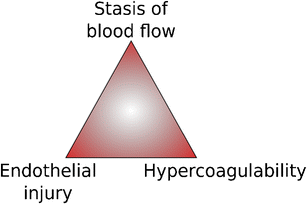- Joined
- Apr 19, 2016
- Messages
- 477
- Reaction score
- 393
Got in a discussion with a nurse who was saying that you absolutely cannot put SCDs on a patient with a known lower extremity DVT and when I asked her why she said it's because it can dislodge the DVT (which would make sense) and that "it's the policy." (major eye roll whenever a nurse says that)
Anyway - it got me thinking and I tried to find literature on this. Anyone know if there are known case reports of this happening or any data definitively stating that you can't do this?
I'm open to being wrong about this but my entire point of the conversation with the nurse was for her to not just take a policy at face value and to really critically analyze everything she's doing and to seek out the evidence for it. I guess that's where I went wrong.... you'd think that as a CA-3 I would've learned this lesson by now.
Anyway - it got me thinking and I tried to find literature on this. Anyone know if there are known case reports of this happening or any data definitively stating that you can't do this?
I'm open to being wrong about this but my entire point of the conversation with the nurse was for her to not just take a policy at face value and to really critically analyze everything she's doing and to seek out the evidence for it. I guess that's where I went wrong.... you'd think that as a CA-3 I would've learned this lesson by now.


